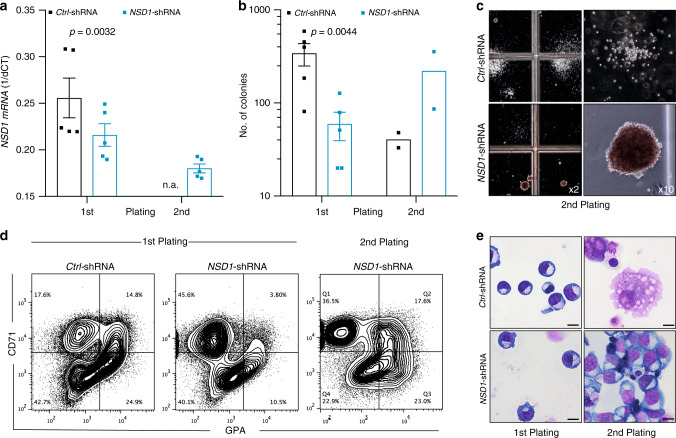Fig. 1. NSD1 knockdown alters clonogenic erythroid differentiation of human CD34+ hematopoietic cells.
a Relative NSD1 mRNA expression (1/dCt) in peripheral blood CD34+ cells transduced with pLKO.1 expressing control shRNA (Ctrl) or NSD1 shRNA (#372) harvested from the first and second plating in growth-factor-containing MC (H4434). Bars represent average relative expression normalized to (n = 5 per group). b Numbers of colonies formed by 4 × 104 peripheral CD34+ cells transduced with pLKO.1 expressing control shRNA (Ctrl) or NSD1 shRNA in the first plate (n = 5) and upon replating (n = 2) in growth-factor-containing MC (H4434). c Representative images of colonies formed in MC (H4434) by 4 × 104 peripheral CD34+ cells transduced with pLKO.1 expressing control or NSD1 shRNA. d Flow cytometric analysis of cells harvested from the first and second plating in MC (H4434) revealed accumulation of CD71high and glycoprotein A (GPA)− cells upon replating. The plots represent one out of three independent experiments. e Representative images of Wright Giemsa-stained cytospin preparations from control shRNA (Ctrl) or NSD1 shRNA-expressing CD34+ cells harvested from the MC (H4434) cultures after the first and second plating, illustrating the overall predominance of cells with erythroblast morphology upon replating (one out of three experiments) (×1000, the size bar = 10 μM). Values are presented as individual points, bar graphs represent the mean value of biological replicates, error bars as standard error of the mean. Statistical significances in a, b was tested with paired two-tailed t-test.

